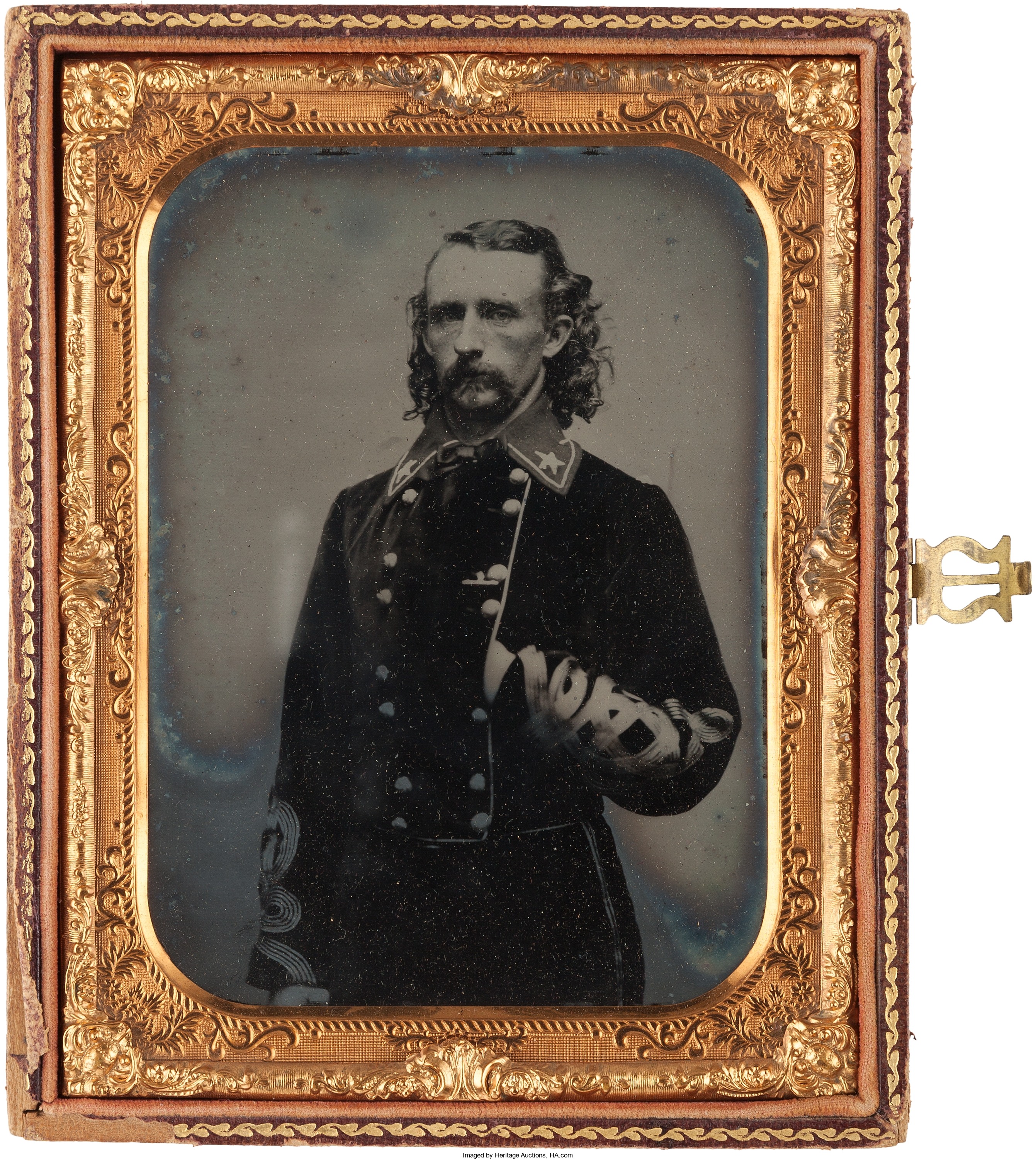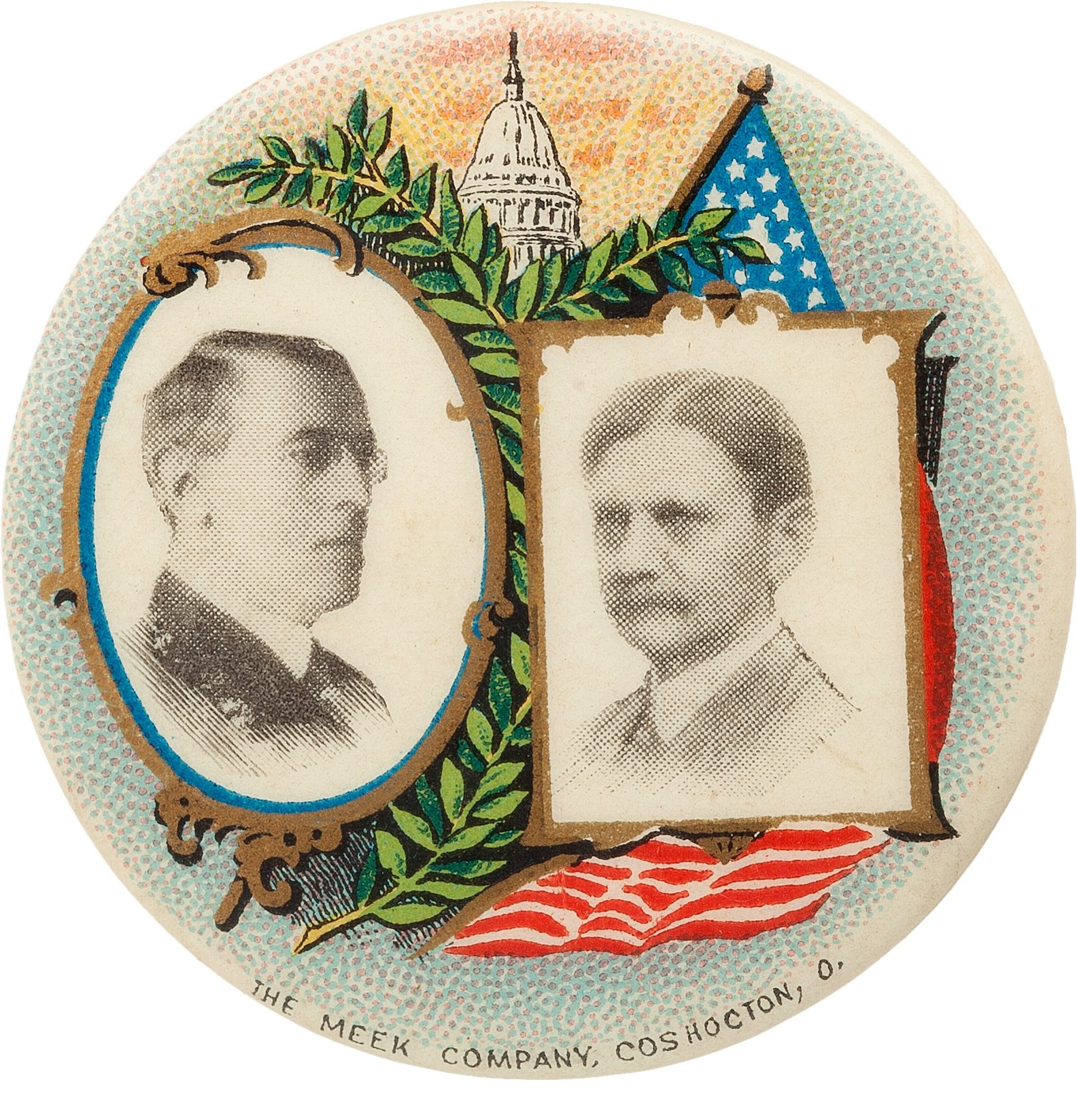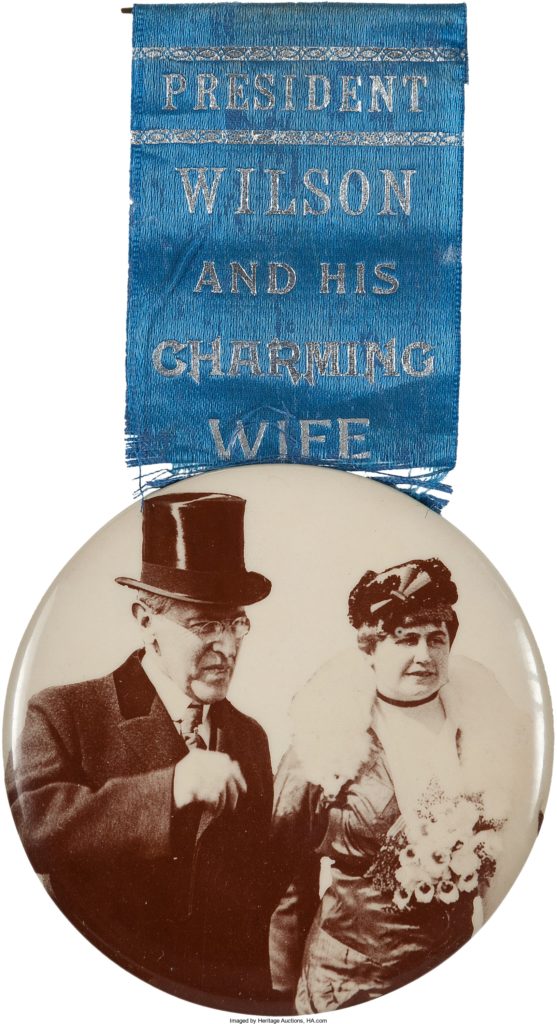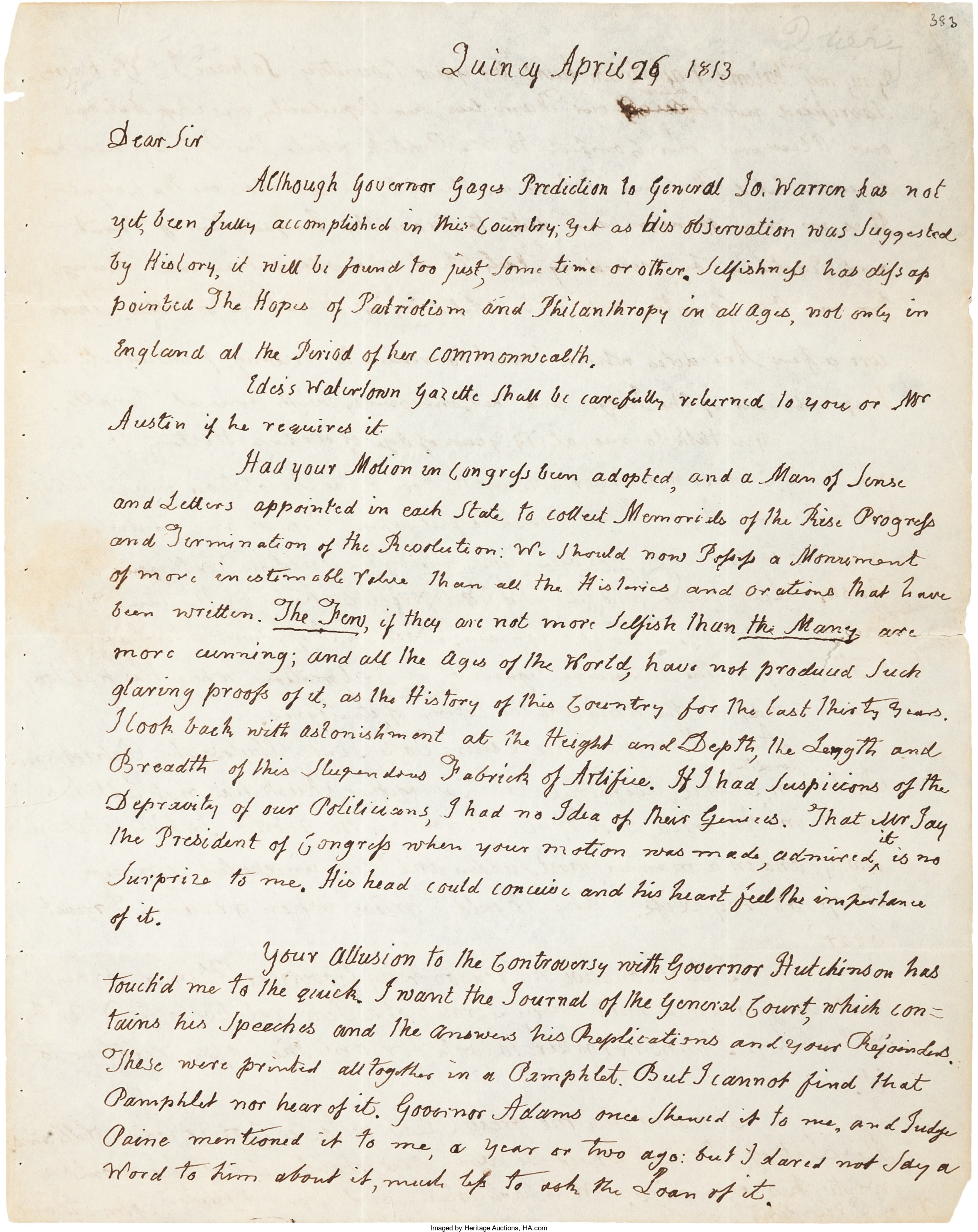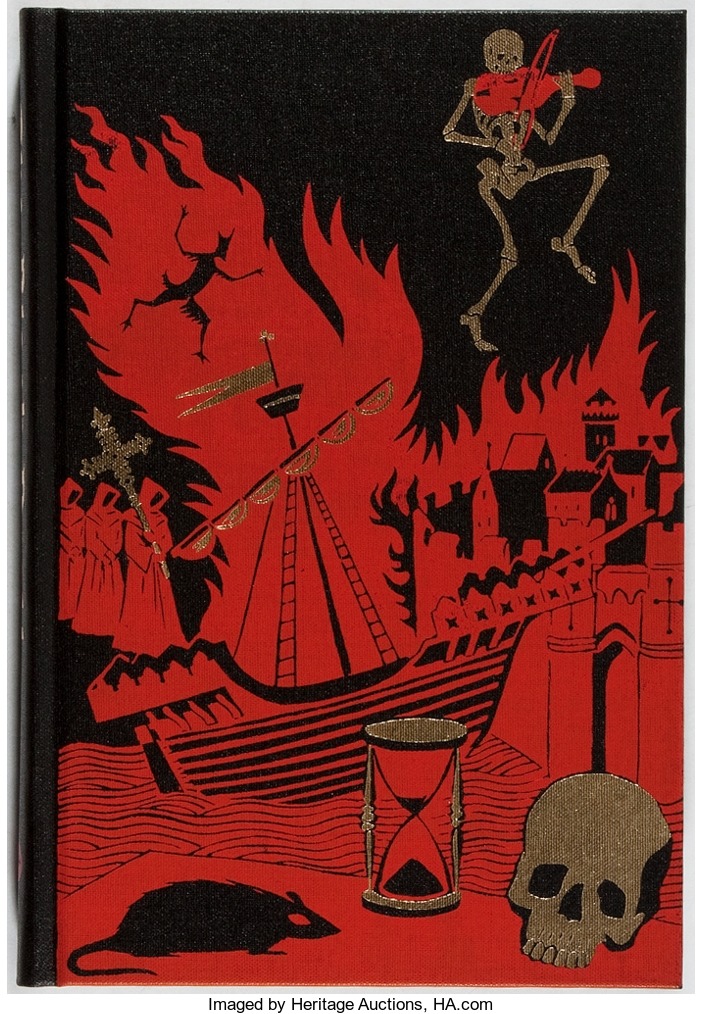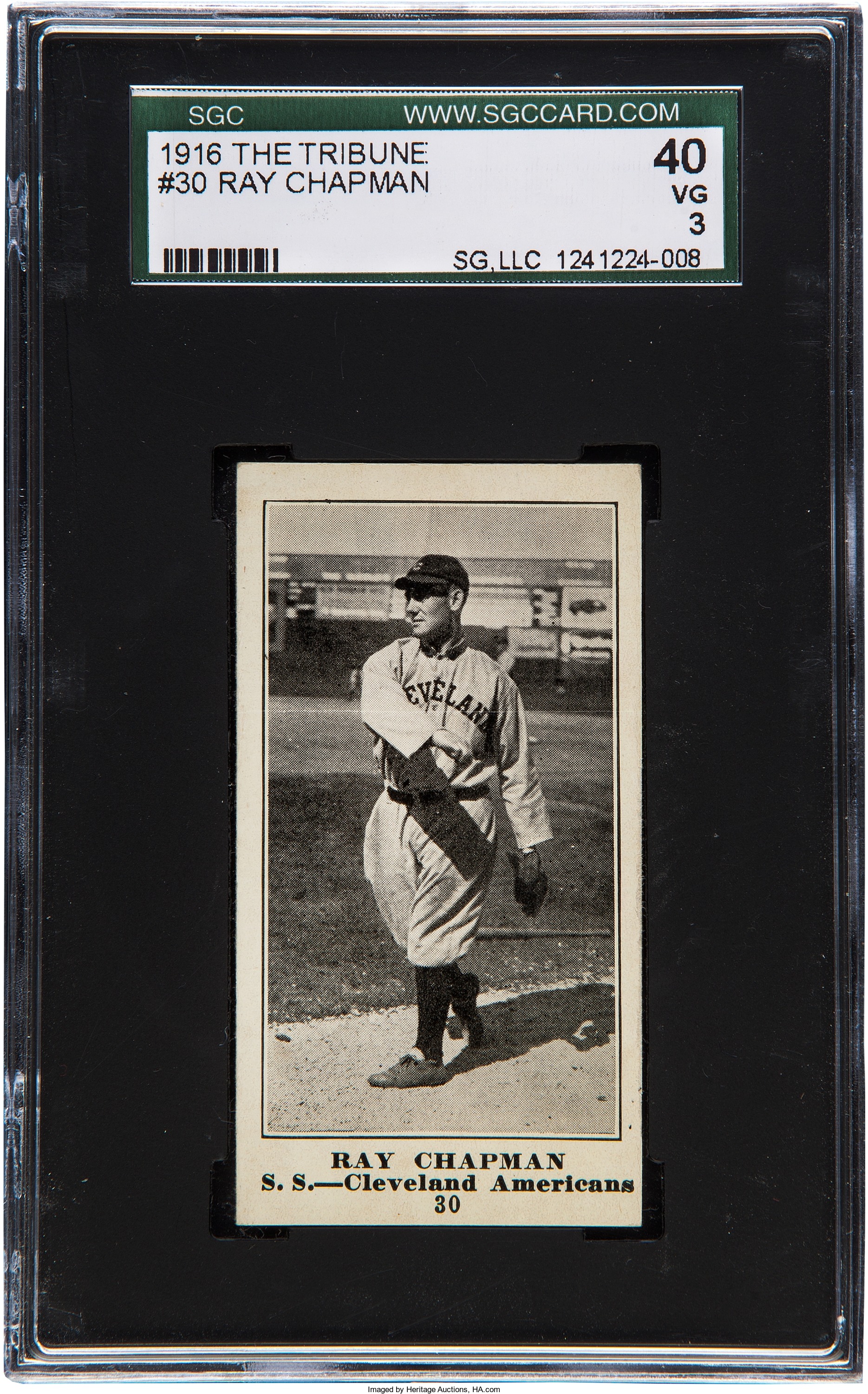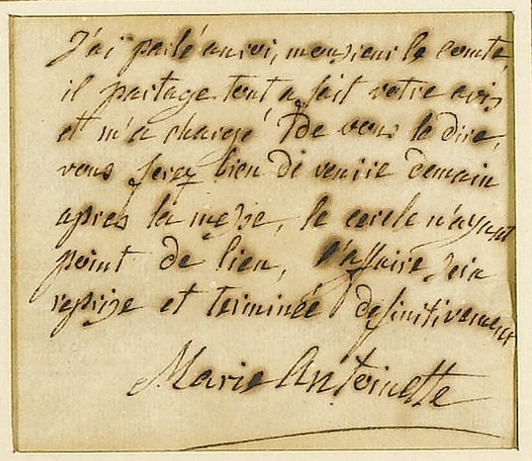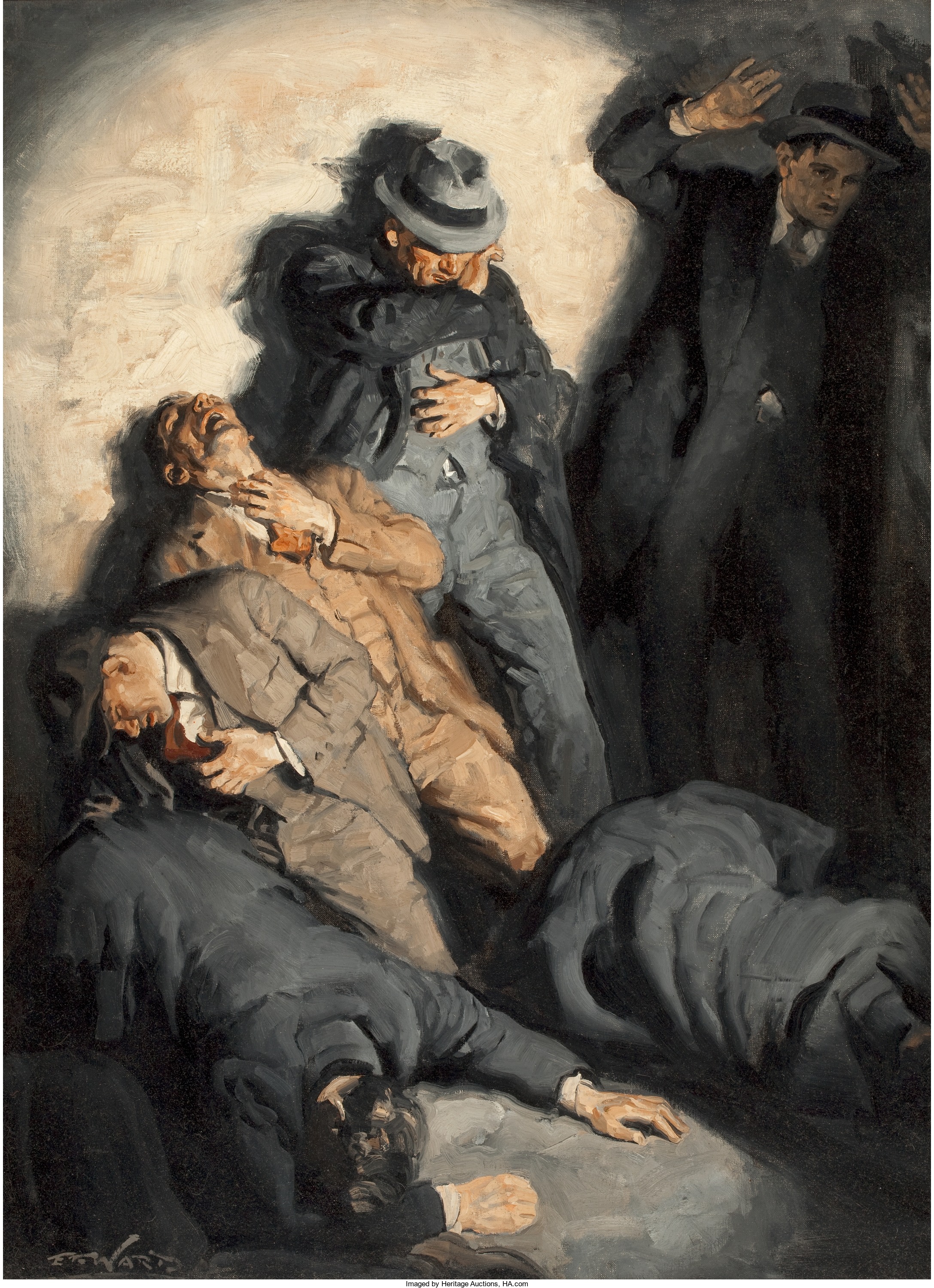
By Jim O’Neal
On Feb. 14, 1929, two uniformed policemen and two men in business suits entered a Chicago-area garage, lined up seven men against a wall and killed them. Two of the men used Thompson machine guns (“Tommy Guns”) and the deceased were members of the George “Bugs” Moran gang.
The two policemen marched the shooters out of the building and witnesses just assumed they were part of a rival gang that had been swiftly apprehended by the “heat.” In fact, all four were part of the Al Capone crew that routinely eliminated local competition.
Due to the date, the gangland killing was quickly dubbed “The St. Valentine’s Day Massacre” and 87 years later, its notoriety still persists. Primarily, this is due to the numerous movies, television shows and books based on the event. My personal favorite is the 1967 film The St. Valentine’s Day Massacre, starring Jason Robards, Bruce Dern, George Segal and John Agar (Shirley Temple’s troubled first husband).
Ironically, the first Valentine also died a violent death on Feb. 14 about 278 AD, during the reign of Roman Emperor Claudius II, who was involved in many unpopular and bloody military campaigns. As a result, he had difficulty recruiting soldiers because of their strong attachment to wives and children.
In a questionable effort to solve this chronic issue, “Claudius the Cruel” banned all wedding engagements in Rome. Valentine (granted sainthood posthumously) defied the emperor and continued performing marriages in secret ceremonies.
When discovered, he was arrested and dragged before the Prefect of Rome, who promptly condemned him to be beaten to death with clubs and then beheaded. Legend has him leaving a note to his jailer’s daughter signed “From your Valentine.”
In truth, there are several legends associated with various Valentines through history. According to the Catholic Encyclopedia, at least three different Valentines, all of them martyrs, are mentioned under the date of Feb. 14; one was a priest in Rome, the second a Bishop of Interamna (now Terni, Italy), and the third Valentine a martyr in the Roman province of Africa.
There is also uncertainty over how the martyrs’ names became connected with romance. However, we do know that Pope Gelasius decided to end pagan festivals of love and declared that Feb. 14 simply be celebrated as St. Valentine’s Day. Gradually, the practice of love letters, poems and flowers found their way back in.
In one final effort in 1969, the Catholic Church discontinued liturgical veneration of him (them?), although the name remains on a list of recognized saints. (Note: I’ve run across a dozen St. V’s and even a Pope Valentine).
An incontrovertible fact is that St. Valentine is the patron saint of beekeepers and epilepsy.
 Intelligent Collector blogger JIM O’NEAL is an avid collector and history buff. He is President and CEO of Frito-Lay International [retired] and earlier served as Chairman and CEO of PepsiCo Restaurants International [KFC Pizza Hut and Taco Bell].
Intelligent Collector blogger JIM O’NEAL is an avid collector and history buff. He is President and CEO of Frito-Lay International [retired] and earlier served as Chairman and CEO of PepsiCo Restaurants International [KFC Pizza Hut and Taco Bell].

